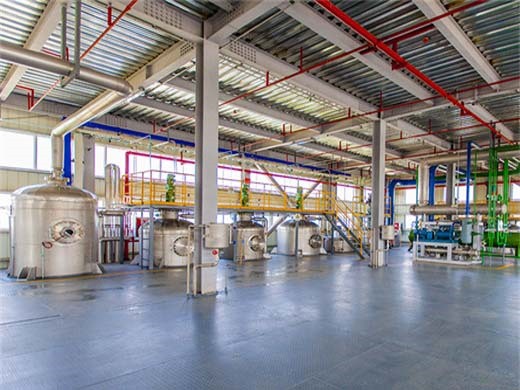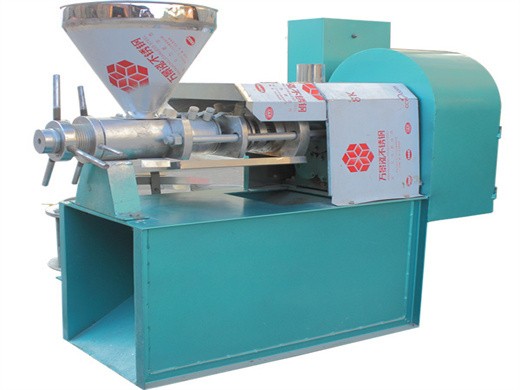understanding oils and fats and processing aspects in practice
Understanding Oils & Fats and Processing aspects in practice
fat(soybean oil, coconut oil, palm kernel oil, butter fat), and 20% water with added salt, flavorings, color and other additives. Improved favor Adjustable to specific requirement Tasteful Mouth-feel Easily to cover the defect of butter Characteristics Pastry Cream Multipurposes Bakery Categories Margarines Processing of Oils & Fats
Understanding-Oils-Fats-Processing-aspects-practice-KimJongGil-POTS-Korea-2015-P1.pdf Free download as PDF File (.pdf), Text File (.txt) or view presentation slides online. Scribd is the world's largest social reading and publishing site.
Oils and Fats IFST
Oils and fats form an important part of a healthy diet. Structurally they are esters of glycerol with three fatty acids (called either triacylglycerols or triglycerides). It is these fatty acids that give the functionality to fats. Chemically, they can be divided into four main types saturated, cis-monounsaturated, cis-polyunsaturated and trans fatty acids.
25 Understanding Fats and Oils Fats and oils are organic compounds that, like carbohydrates, are composed of the elements carbon (C), hydrogen (H), and oxygen (O), arranged to form molecules. There are many types of fats and oils and a number of terms and concepts associated with them, which are detailed further here.
Processing and Nutrition of Fats and Oils Oils & Fats
4.6 Low calorie fat and oil substitutes 73. 4.7 Plant sterol and stanol preparations 75. 4.8 Lipid-soluble vitamins 75. 4.9 Other specialty lipids in fats and oils 76. References 77. 5 Current processing techniques for fats and oils 83. 5.1 Introduction 83. 5.2 Production of edible oils 85. 5.3 Processing of vegetable oils 91. 5.4 Types of oil
Aug 16, 2013· Processing and Nutrition of Fats and Oils reviews current and new practices of fats and oils production.The book examines the different aspects of fats and oils processing, how the nutritional properties are affected, and how fats interact with other components and nutrients in food products.
Processing and Nutrition of Fats and Oils Wiley
Processing and Nutrition of Fats and Oils reviews current and new practices of fats and oils production. The book examines the different aspects of fats and oils processing, how the nutritional properties are affected, and how fats interact with other components and nutrients in food products. Coverage includes current trends in the consumption of edible fats and oils; properties of fats, oils
Aug 16, 2013· Ernesto M. Hernandez, Processing of Fats and Oils Using Membrane Technologies, Bailey's Industrial Oil and Fat Products, 10.1002/047167849X, (1-19), (2005). Crossref Processing and Nutrition of Fats and Oils
Specialty Oils and Fats in Food and Nutrition ScienceDirect
Specialty Oils and Fats in Food and Nutrition: Properties, Processing and Applications examines the main specialty oils and fats currently in use in food processing, as well as those with significant potential. Specialty oils and fats have an increasing number of applications in the food industry, due to growing consumer interest in “clean
Mar 25, 2014· Industrial TFA are produced by humans and can be found in products containing vegetable oils/fats that have undergone a hardening process known as partial hydrogenation (this will be further explained in section 4). Small amounts of TFA can also be generated during the deodorization of vegetable oils/fats, the final step in edible oil/fat refining.

The truth about fats: the good, the bad, and the
Bad trans fats. The worst type of dietary fat is the kind known as trans fat. It is a byproduct of a process called hydrogenation that is used to turn healthy oils into solids and to prevent them from becoming rancid. Trans fats have no known health benefits and that there is
Get Price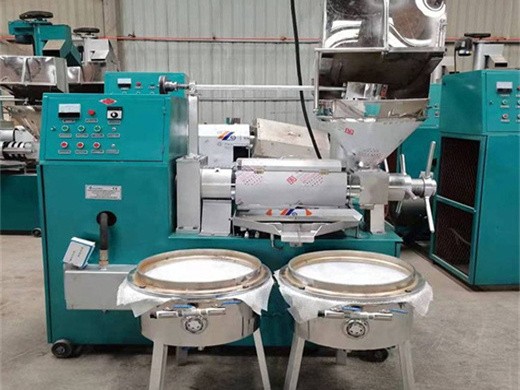
The Skinny on Fats The Weston A. Price Foundation
Jan 17, 2024· Understanding the Chemistry of Fats. Classification of Fatty Acids by Saturation; The vegetable oil and food processing industries, the main beneficiaries of any research that found fault with competing traditional foods, began promoting and funding further research designed to support the lipid hypothesis. but it was the lowfat aspects
Get Price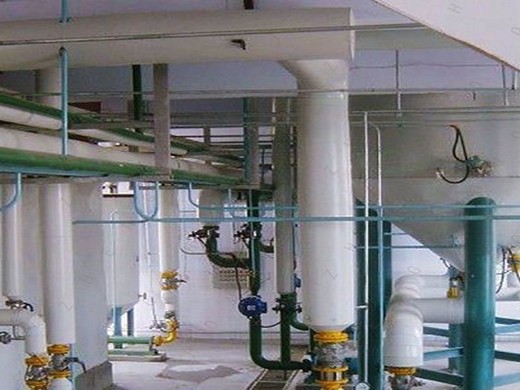
Food processing: The Advantages of Processed Foods
Food processing also uses the creative potential of the processor to change basic raw materials into a range of tasty attractive foods that provide interesting variety in the diets of consumers. Without food processing it would not be possible to sustain the needs of modern urban populations, and the choice of foods would be limited by seasonality.
Get Price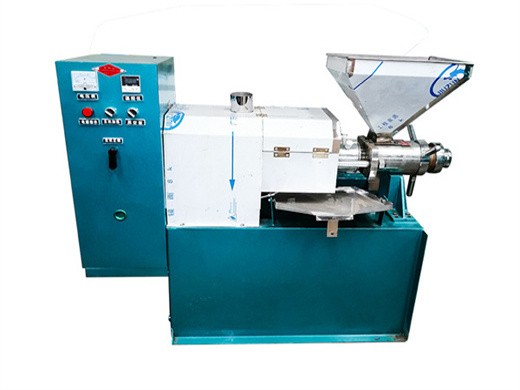
Nutrition Practice Test Questions
The USDA Dietary Guidelines suggest that most dietary fats should be obtained from sources of polyunsaturated and monounsaturated fatty acids, such as fish, nuts, and vegetable oils. The Guidelines also advise limiting intake of fats and oils high in saturated and/or trans fatty acids. 15. C
Get Price
Milk Components: Understanding Milk Fat and Protein
If fat or oil is rancid, milk fat content decreases even at low levels of consumption. Milk protein content may be decreased by 0.1 to 0.3% in high-fat diets. This may occur due to reduced blood glucose levels. Extremely High Milk Fat. High milk fat content often occurs in herds that are off in feed and may have ketosis problems.
Get Price
How to Understand and Use the Nutrition Facts Label FDA
Nutrients Without a %DV: Trans Fats, Protein, and Total Sugars: Note that Trans fat and Total Sugars do not list a %DV on the Nutrition Facts label. Protein only lists a %DV in specific situations
Get Price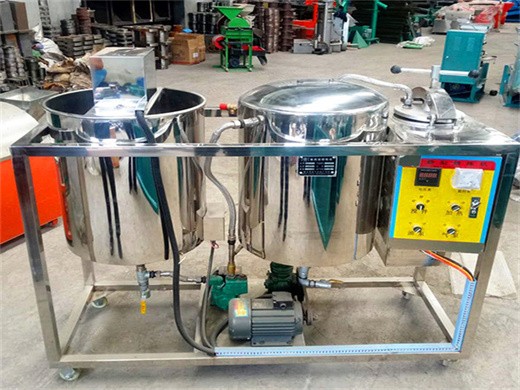
ISO 14001 environmental aspects: 4 steps in identification
Good practice is to involve a cross-functional team from key areas of the operation. For each type of activity, product, or service, you need to list your unique environmental aspect this will result in an overall list or matrix of aspects and impacts. 3. Evaluation of significant environmental aspects
Get Price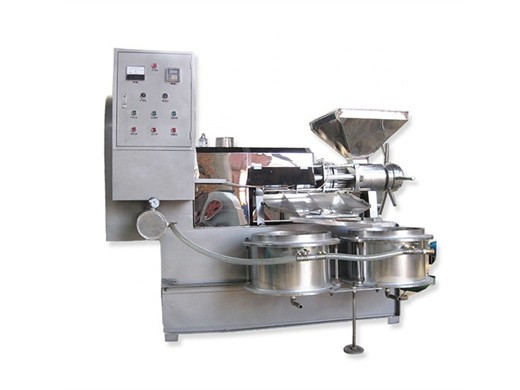
About Us IFFCO Global Website
It has today emerged as one of the largest manufacturers of value-added vegetable oils and fats in the world with a range of oils, oil blends, bakery fats, specialty fats, margarines and butter blends. Our brands are trusted everyday by millions of consumers and customers across various food and non -food industries and the food service channel.
Get Price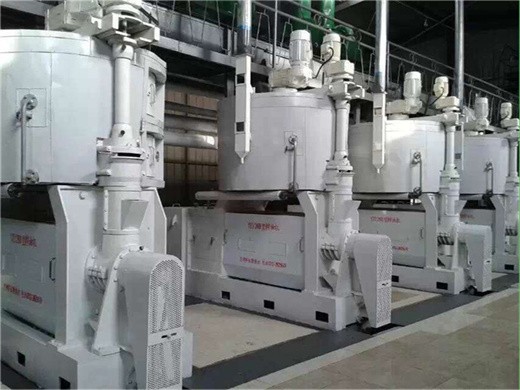
Learning tools & flashcards, for free Quizlet
Quizlet makes simple learning tools that let you study anything. Start learning today with flashcards, games and learning tools — all for free.
Get Price
Fats and Proteins Biology Visionlearning
Fats and proteins are two of the major nutrient groups that our bodies need. This module provides an introduction to these two macronutrients. The basic chemical structure of fats as triglycerides is presented along with the purposes and types of fat. The module also introduces the amazing structure of protein molecules, including the peptide bond, and explains the purpose of proteins.
Get Price
Understanding traditional and modern eating: the TEP10
We are currently in the midst of a major change in what people eat and in the way they eat [1,2,3,4].Some of these changes have been described as a nutrition transition, which refers to a shift from diets high in complex carbohydrates and fiber towards more varied diets with a higher proportion of fats, saturated fats, and sugar [3, 5,6,7,8,9].The changes partially result from the
Get Price
The truth about fats: the good, the bad, and the
Bad trans fats. The worst type of dietary fat is the kind known as trans fat. It is a byproduct of a process called hydrogenation that is used to turn healthy oils into solids and to prevent them from becoming rancid. Trans fats have no known health benefits and that there is
Get Price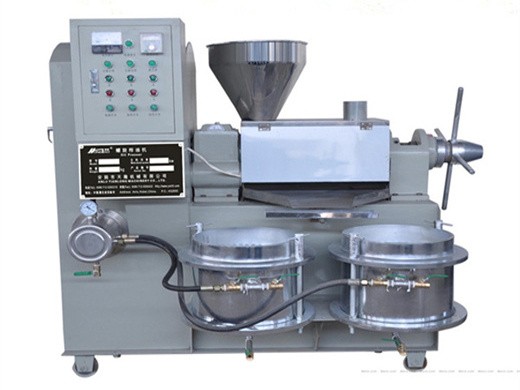
Choose Healthy Fats Academy of Nutrition and Dietetics
Aug 06, 2024· Oils: Use oils such as olive and canola in place of solid fats (e.g., butter). Use oil in salad dressing or to saute vegetables, seafood, poultry, meat, tofu and tempeh. Avocado: Avocados not only contain monounsaturated fat, but they also are packed with dietary fiber, potassium and vitamins (folate and vitamins B6, C and E). Try adding
Get Price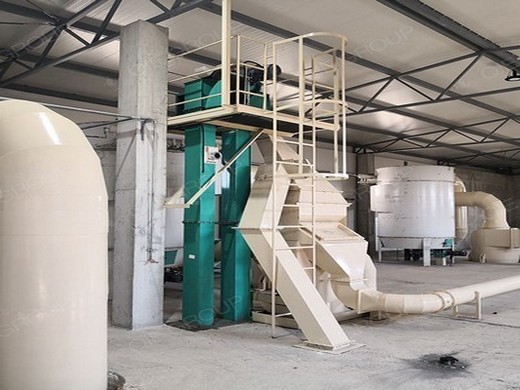
Food processing: The Advantages of Processed Foods
Food processing also uses the creative potential of the processor to change basic raw materials into a range of tasty attractive foods that provide interesting variety in the diets of consumers. Without food processing it would not be possible to sustain the needs of modern urban populations, and the choice of foods would be limited by seasonality.
Get Price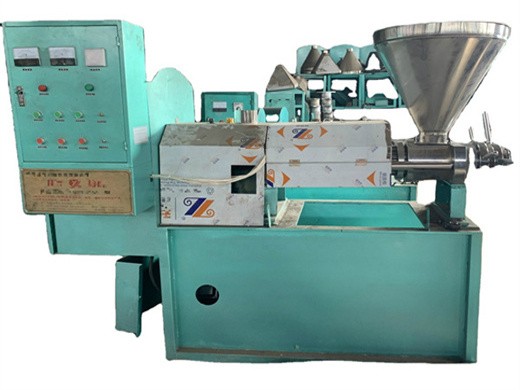
Fats and Proteins Biology Visionlearning
Fats and proteins are two of the major nutrient groups that our bodies need. This module provides an introduction to these two macronutrients. The basic chemical structure of fats as triglycerides is presented along with the purposes and types of fat. The module also introduces the amazing structure of protein molecules, including the peptide bond, and explains the purpose of proteins.
Get Price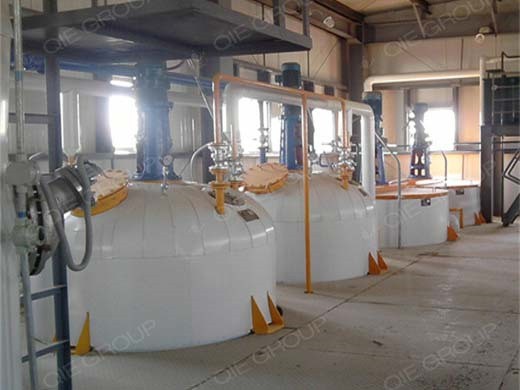
Nutrition Practice Test Questions
The USDA Dietary Guidelines suggest that most dietary fats should be obtained from sources of polyunsaturated and monounsaturated fatty acids, such as fish, nuts, and vegetable oils. The Guidelines also advise limiting intake of fats and oils high in saturated and/or trans fatty acids. 15. C
Get Price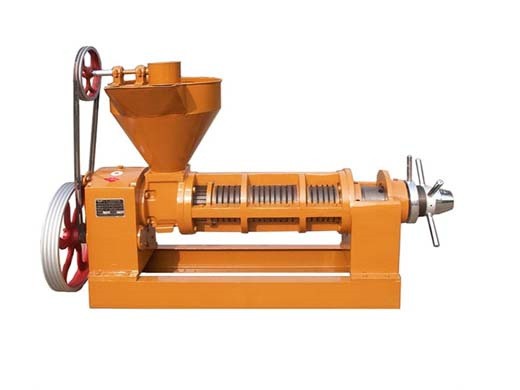
Milk Components: Understanding Milk Fat and Protein
If fat or oil is rancid, milk fat content decreases even at low levels of consumption. Milk protein content may be decreased by 0.1 to 0.3% in high-fat diets. This may occur due to reduced blood glucose levels. Extremely High Milk Fat. High milk fat content often occurs in herds that are off in feed and may have ketosis problems.
Get Price
ISO 14001 environmental aspects: 4 steps in identification
Good practice is to involve a cross-functional team from key areas of the operation. For each type of activity, product, or service, you need to list your unique environmental aspect this will result in an overall list or matrix of aspects and impacts. 3. Evaluation of significant environmental aspects
Get Price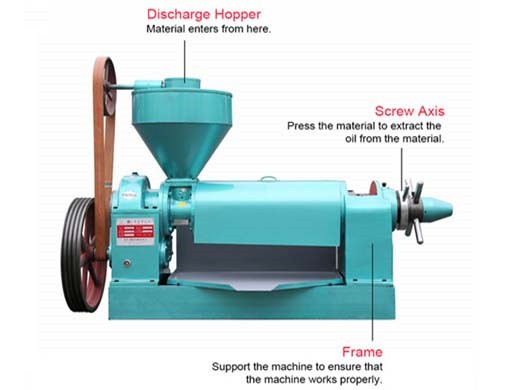
About Us IFFCO Global Website
It has today emerged as one of the largest manufacturers of value-added vegetable oils and fats in the world with a range of oils, oil blends, bakery fats, specialty fats, margarines and butter blends. Our brands are trusted everyday by millions of consumers and customers across various food and non -food industries and the food service channel.
Get Price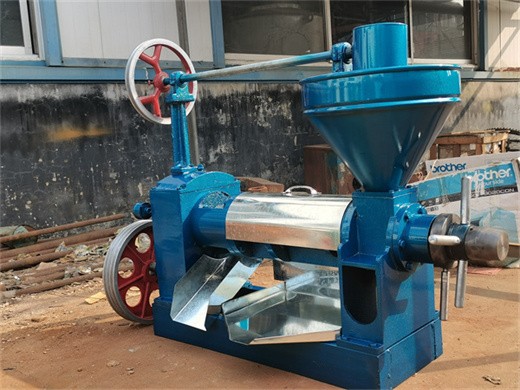
Learning tools & flashcards, for free Quizlet
Quizlet makes simple learning tools that let you study anything. Start learning today with flashcards, games and learning tools — all for free.
Get Price
What Determines Oil Prices? Investopedia
Jan 30, 2024· Oil peaked with the commodities index in both 1920 and 1980. (Note: there was no real peak in oil in 1958 because it had been moving in a sideways
Get Price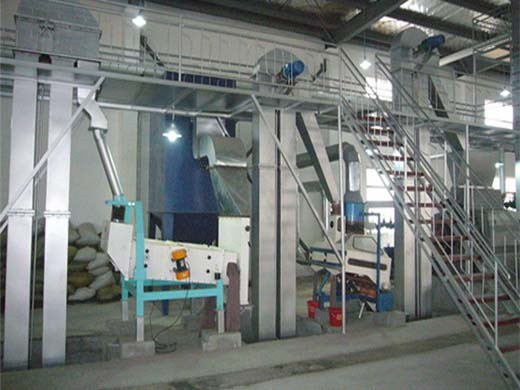
Understanding Oil and Wax Finishes Rockler
Understanding Oil and Wax Finishes. Posted: March 04, 2024. Categories: Sanding and Finishing Projects ; Many woodworkers turn to oil and wax finishes for their first attempt at finishing, and for good reason. They are easy to apply, give almost foolproof results, require no applicators beyond a rag and leave wood looking both rich and natural.
Get Price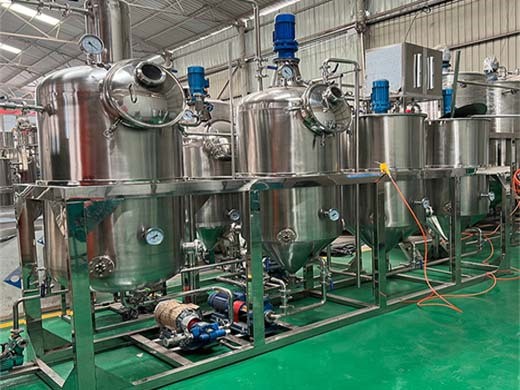
The truth about fats: the good, the bad, and the
Bad trans fats. The worst type of dietary fat is the kind known as trans fat. It is a byproduct of a process called hydrogenation that is used to turn healthy oils into solids and to prevent them from becoming rancid. Trans fats have no known health
Get Price
Choose Healthy Fats Academy of Nutrition and Dietetics
Aug 06, 2024· Oils: Use oils such as olive and canola in place of solid fats (e.g., butter). Use oil in salad dressing or to saute vegetables, seafood, poultry, meat, tofu and tempeh. Avocado: Avocados not only contain monounsaturated fat, but they also are packed
Get Price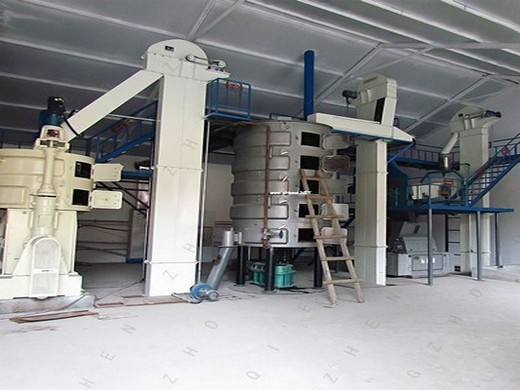
Nutrition Practice Test Questions
The USDA Dietary Guidelines suggest that most dietary fats should be obtained from sources of polyunsaturated and monounsaturated fatty acids, such as fish, nuts, and vegetable oils. The Guidelines also advise limiting intake of fats and oils high in saturated and/or trans fatty acids. 15. C
Get Price
Fats and Proteins Biology Visionlearning
Fats and proteins are two of the major nutrient groups that our bodies need. This module provides an introduction to these two macronutrients. The basic chemical structure of fats as triglycerides is presented along with the purposes and types of fat. The module also introduces the amazing structure of protein molecules, including the peptide bond, and explains the purpose of proteins.
Get Price

